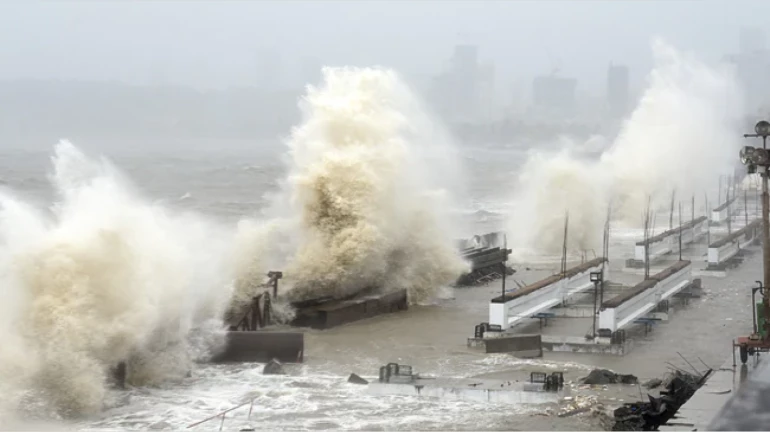
Even though environmentalists have time and again warned us about the adverse effects of climate change, only a week after India was battered by Cyclone Tauktae, which happened to be an unusually strong cyclone in the Arabian Sea, another severe storm, Cyclone Yaas, formed in the Bay of Bengal.
In the recent past, India has been grappling with deadly tropical cyclones. Even though the Bay of Bengal was always privy to the same, instances of cyclones in the Arabian Sea has drastically increased in the last couple of years. According to reports, scientists opine that due to the oceans warming up with every passing moment, an increased number of cyclones and rapid intensification of weak storms has been witnessed across the country.
Speaking about the same, Mahesh Palawat vice president, meteorology at Skymet Weather stated, “It is very rare that a cyclonic storm with such high intensity is seen hitting the coast. This indicates a direct impact of global warming. Above threshold sea surface temperatures across the Arabian Sea, particularly over east-central and adjoining northeast the Arabian Sea that is known for comparatively cooler temperatures kept on strengthening the cyclone,”
Moreover, several experts have warned that in the years to come, the country, is likely to witness an increased amount of cyclones. As a result of the oceans absorbing more than 90 per cent of the heat that is being generated by greenhouse gas emissions, the Arabian Sea and the Bay of Bengal might experience intensified consequences disastrous in nature which could, in turn, pose a huge challenge to disaster management authorities.
The situation is extremely problematic as 14 per cent of the 1.3 billion population in India live in coastal districts, and the number living in coastal areas below 10 metres elevation is forecast to rise threefold by 2060. Furthermore, other inland countries such as Nepal could also be vastly affected. In addition, these cyclones directly impact the Himalayas too, bringing about excessive snowfall in the highlands.
ALSO READ: Yaas Cyclone: IMD forecasts light showers in some parts of Maharashtra





